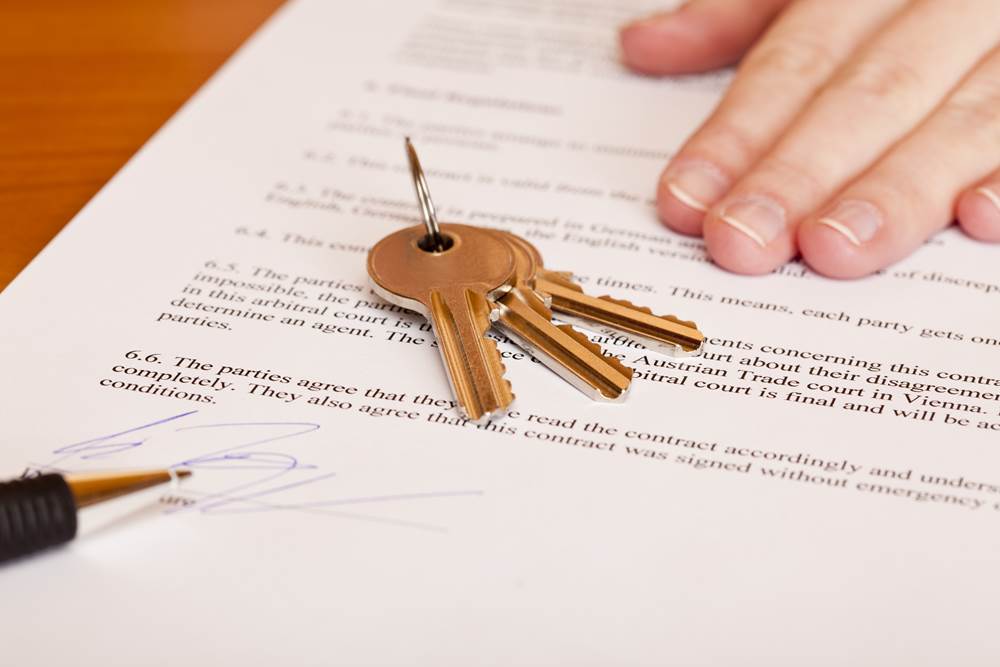
Moving home timeline: How long does it take to sell a property?
In Scotland, moving house involves a practical aspect – organising a removal company, utility companies, advising all and sundry of your change of address and a myriad other matters to attend to, and a technical side, the legal side. Thankfully, you can outsource that side of things to your solicitor.
The contract – the missives – is in place and now the solicitors for seller and buyer get on with the paperwork. So just what is involved?
Routinely, it all goes without any real difficulty. Both solicitors work together to ensure a smooth passage of ownership from seller to buyer in implementation of the contract (the missives). Both work towards the date of entry, a date fixed in the missives, to ensure handover takes place on the date of entry. This event is referred to as settlement of the transaction. Generally speaking, while parties are free to agree any reasonable period, according to the circumstances in which they find themselves, transfer usually takes 4 - 6 weeks. It is up to the parties to agree a date for the settlement and this is contained in the contract terms.
The seller’s solicitor has to produce proof of ownership, (the title documents, or deeds) obtain a report from the Local Authority demonstrating that there are no matters of concern, or outstanding issues, with the house, obtain a report on the sellers ownership and solvency updated from the date the seller acquired the house, to show nothing adverse has occurred since then and prepare any discharge of mortgage security there may be over the property. These are all sent to the purchaser’s solicitor for examination.
The purchaser’s solicitor has to ensure there is nothing to prevent the purchaser(s) achieving a good legal title to the property. In addition to examining the seller’s documents, a disposition has to be prepared, in proper legal form, to transfer the property to the new owner. This is prepared by the purchaser’s solicitor and checked/amended, as may be necessary by the seller’s solicitor. Additionally, the seller’s solicitor has to deal with any queries raised by the purchaser’s solicitor consequential upon their examination of the seller’s documents and reports.
If there is a mortgage involved, then, generally, the lender will instruct the purchaser’s solicitor to act for the lender, at the client’s expense, in preparing the security documentation and ensuring that the lender’s interests are safeguarded. The solicitor will draw up the security document and report on the title to the lender, certifying that the property provides a good security for the loan.
In the days leading up to settlement of the transaction there are quite a few things to be done by the lawyers. The seller’s lawyer has to bring the legal reports up to date, as near to the date of entry as possible. This allows a last minute check that there is nothing adverse regarding the seller’s title or the seller’s ability to grant a valid, effective transfer of ownership. If the seller has a mortgage, a redemption figure has to be obtained from the lender, a discharge of the security prepared, and, after settlement, the lender paid off and a signed discharge registered in the Land Register. An account of the financial aspects of the transaction is prepared and sent to the seller and the free proceeds (the amount of the sale proceeds after deducting fees, vat and outlays) remitted to the seller.
The purchaser’s agent has to arrange for loan funds to be requisitioned in time for settlement, advise the purchaser of the amount required by way of deposit, LBTT, registration dues, fees and VAT so that these are in the solicitor’s hands in time for settlement. If all is in order, then on the date of entry the two solicitors exchange the price for keys to the property, a valid transfer document in favour of the purchaser and a letter of undertaking from the seller’s agent in respect of the discharge of the seller’s mortgage.
As soon as practicable after settlement the LBTT return has to be completed and submitted to Revenue Scotland by the purchaser’s solicitor, and any tax due paid. The solicitor must also attend to registration of the disposition in favour the purchaser and any standard security in favour of a lender, in the Land Register of Scotland.
Thereafter the solicitor will send the purchaser an account of what has taken place showing any balance due in respect of fees, VAT and outlays. In due course, once registration is completed, in respect of the discharge, disposition and standard security the solicitor will confirm final completion to the purchaser and any lender.
Both solicitors work together to ensure a smooth passage of ownership from seller to buyer in implementation of the contract (the missives). Both work towards the date of entry, a date fixed in the missives, to ensure handover takes place.

